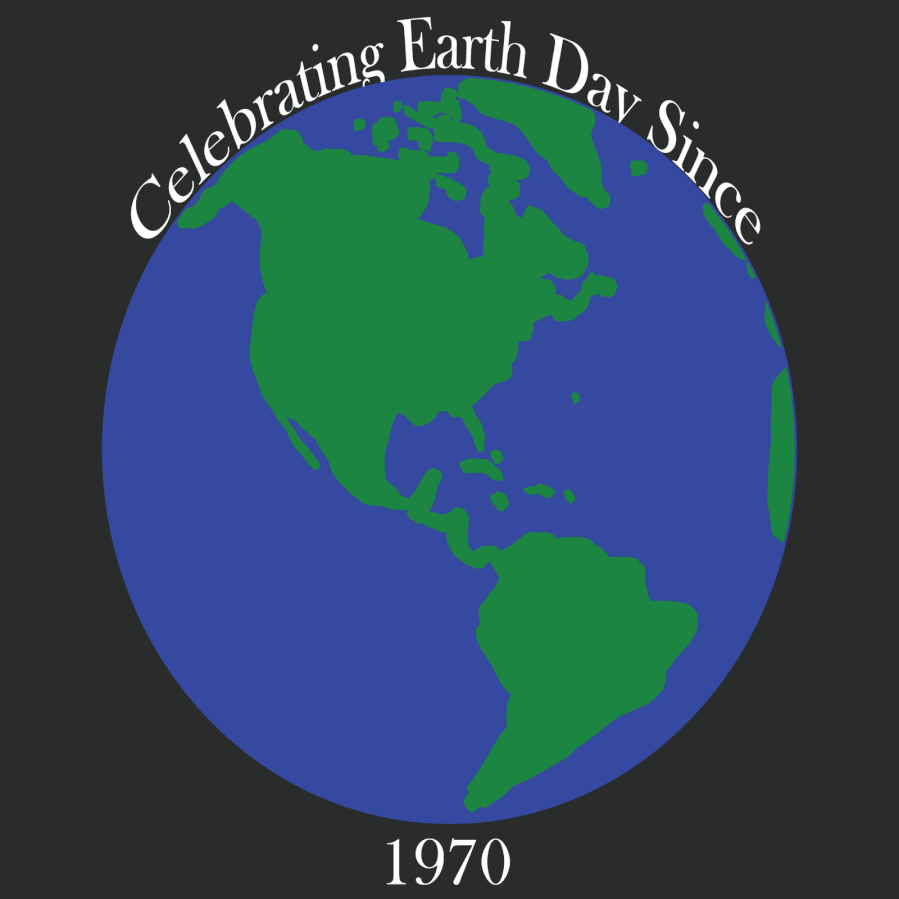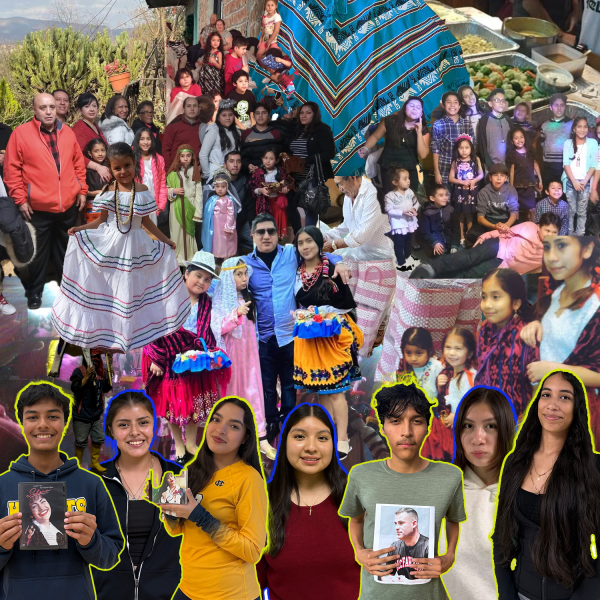History of half-century old Earth Day draws parallels to current climate
Earth Day, celebrated annually on April 22, is an international holiday dedicated to spreading important information about the environment.
Throughout a worldwide pandemic that has impacted the lives of millions in 2020, the decline of our climate has also been felt in every corner of our planet. From longer catastrophic wildfires sweeping through the West Coast to the alarming news of the Arctic’s ice melting. For 51 years, people — particularly the working class — have given a voice to the growing public concern about the state of the world. With our thirst for limitless economic growth and a self-centered society, Earth has never been the first priority. Earth Day, celebrated last week and every April 22 for over 50 years, became the annual call to arms for environmentalists and the common man interested in keeping our planet hospitable for all.
It began on April 22, 1962, when conservationist and marine biologist Rachel Carson published a well-known book called “Silent Spring”. It caused many to shift their perspective and concerns for our environment, animals and even other people. Carson found a vast link between public health and climate change, and after being published in 24 countries, it has raised awareness worldwide.
Before the decade was over, Senator Gaylord Nelson became recognized as the creator of Earth Day. In January 1969, the oil spill in Santa Barbara killed over 3,500 sea birds, dolphins, elephant seals and sea lions whose habitat had been severely impacted by the spill. Senator Nelson hoped to imitate a student’s anti-war presentation with the awareness of pollution. Nelson revealed his plan to the national media and got the help of Pete McCloskey, a Republican Congressman. They assembled students like Denis Hayes, who was a well-known activist and helped organize many of the teach-ins surrounding the climate and Earth Day.
Together they chose April 22, during spring break and just before exams so it would attract the most attention from students — it just so happened to be the date Carson’s book was released eight years prior. Hayes assembled national teams to support the movement and the campaign quickly grew to include a diverse group of people from all walks of life. They named it Earth Day and soon over 20 million Americans were celebrating.
On April 22, 1970 thousands of colleges and high schools across the nation used parks and amphitheaters to protest. There were rallies in cities, towns and communities that stretched from New York to California. Republicans and Democrats, rich and poor, students and parents, farmers and business owners and political leaders all came out to support Earth Day. By the end of the 70s, groups like the United States Environmental Protection Agency were formed and new laws like the National Environmental Education Act and Clean Air Act were put in place.
Within a couple of decades, Earth Day became an international holiday. In 1990, over 200 million people in 141 countries participated, providing a hopeful moment for environmentalists, earth lovers, health physicians, young activists and anyone advocating to spread information about climate change. This boosted recycling efforts around the world and influenced the United Nations Earth Summit in 1992. In early 2000, Hayes agreed to lead a new movement, this time focusing on global warming and renewable energy.
Over five decades later, we still celebrate Earth Day. To think one senator, a young college activist, and congressman created one of today’s most celebrated events is staggering. With more than a billion people participating yearly, national and political Earth Day parties have been changing and taking notes from environmentalists. There has been an increase in evaporation and excess moisture in the atmosphere that has resulted in 30 percent more severe rain in the United States during heavy downpours.
Today, Generation Z is on the frontline for climate change movements during a time when our planet is exceptionally in need. Nearly 87% of Gen Z are worried about the environment and how it will affect their futures.
“I know a lot about climate change because it is such a huge issue,” Zeynab Ahmed, a freshman at Columbia Heights High School, said. “I would say it’s one of the biggest facing our world today, and celebrating Earth Day is a step in the right direction.”
But while the good fight is being fought, there remains still so much work to do. Will you do your part?

Fartun Ahmed is a senior at CHHS and the Opinion Editor for the Heights Herald. She is a part of College Possible, National Honors Society and regularly...

Sol Schindler is a senior at CHHS and is the A&E Editor and lead cartoonist of The Heights Herald. He is in the National Honors Society, Student Council,...







